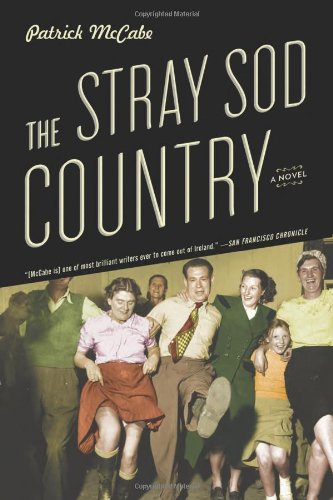The Stray Sod Country
The Stray Sod Country sounds like a vast wasteland, but nothing is farther from the truth in 1950s Cullymore, Ireland. In this border town with Protestants and Catholics, they decide to get along in spite of it. Society is changing: Television is new and in the news, the Soviets have launched the Sputnik, its sole passenger a mere dog, Laika. This lonely animal in his goldfish bowl helmet provokes sadness in Golly Murray, the barber’s wife. Sensitivity for the creature makes future sudden animal deaths in the story sadly shocking.
The local priest, Father Hand, vows to put Cullymore on the map with an outstanding Easter play. He also secretly hopes this will also give a black eye to his nemesis, Fr. Patrick Peyton, the “celebrity priest of Hollywood, America.” Gossip, jealousy and pompous social climbers keep things buzzing despite an invisible shadow forming over Cullymore. An omniscient narrator with a mean streak propels the story forward with all-too-knowing details and wicked predictions about the town’s denizens, the ultimate curse being exile to “the stray sod country.” A more tangible evil is James A. Reilly, disgraced schoolteacher, in a hovel with his gun and his pet fox, planning revenge against the unwitting village priest who ruined his life.
As the invisible “puppet master” narrator continues to pull strings behind the villagers’ backs, he takes over most of the novel. McCabe’s story is a zany journey into Irish weirdness at its funniest, saddest and most lively. Despite occasional, sudden leaps into the future and flashbacks pulling readers out of the “now,” the story compels. Is he saying that Time doesn’t matter? That human nature is basically the same across the decades and around the globe? And yet, because there are surprises throughout his bizarre and entertaining novel, perhaps the message is that individuals can change the future.










